By Bob Hicks
Mr. Scatter spent a good share of his weekend with the sons and daughters of Terpsichore, watching and thinking as they sliced through space.
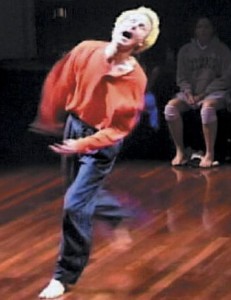 The performances he took in were 4 Men Only at Conduit and Troika Ranch’s Enter Comma Prepare at Reed College’s Kaul Auditorium. He then posted his thoughts on Oregon Arts Watch, in an essay titled Dance weekend: 4 men and a chancy machine.
The performances he took in were 4 Men Only at Conduit and Troika Ranch’s Enter Comma Prepare at Reed College’s Kaul Auditorium. He then posted his thoughts on Oregon Arts Watch, in an essay titled Dance weekend: 4 men and a chancy machine.
An excerpt about Bob Eisen’s For Lulu, part of 4 Men Only:
His distinctive appearance helps him pull the thing off. Eisen is long and whooping-crane lean, with a prodigious wingspan, and he wears his 65 years with an easy economy of motion and head-banging intensity of effect. Dressed in pajama tops and multi-pleated harem pants, he looks like Ichabod Crane in a white shock of Art Garfunkel hair.
An excerpt about Enter Comma Prepare:
Finally audience and performers alike moved into the larger auditorium, where chairs were clustered cleverly in several small islands so the dancers could flow around them like electrons coursing through a mother board. And so they did, to a drone of computer-generated instructions intoned over loudspeakers in a metallic voice like Hal 9000’s in 2001: A Space Odyssey. “Jonathan. Southwest,” it would say, or “Nancy. North,” and off the performer would go. At one point I had a fleeting image of Cary Grant ducking into a cornfield while a homicidal pilot chased after him from above, shouting “North by northwest!”
Photo: Bob Eisen, one of “4 Men Only.”

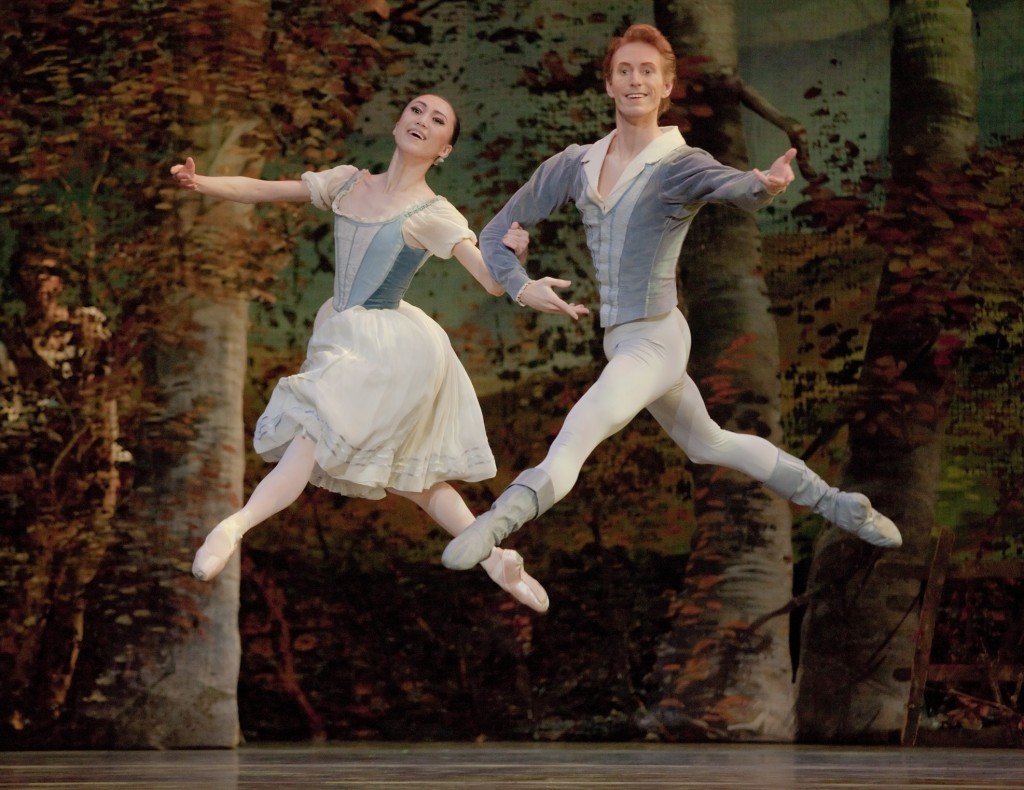
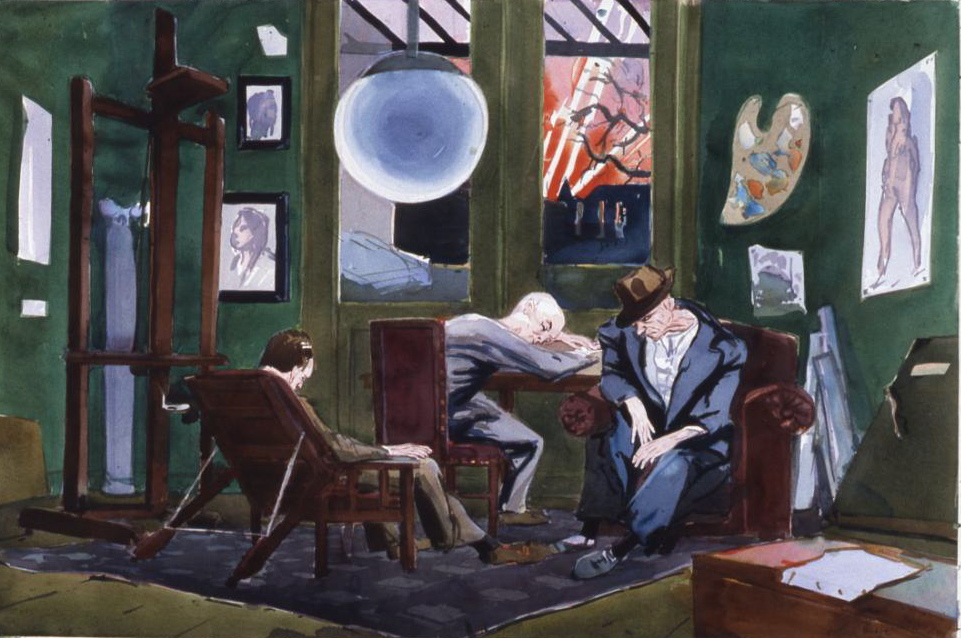
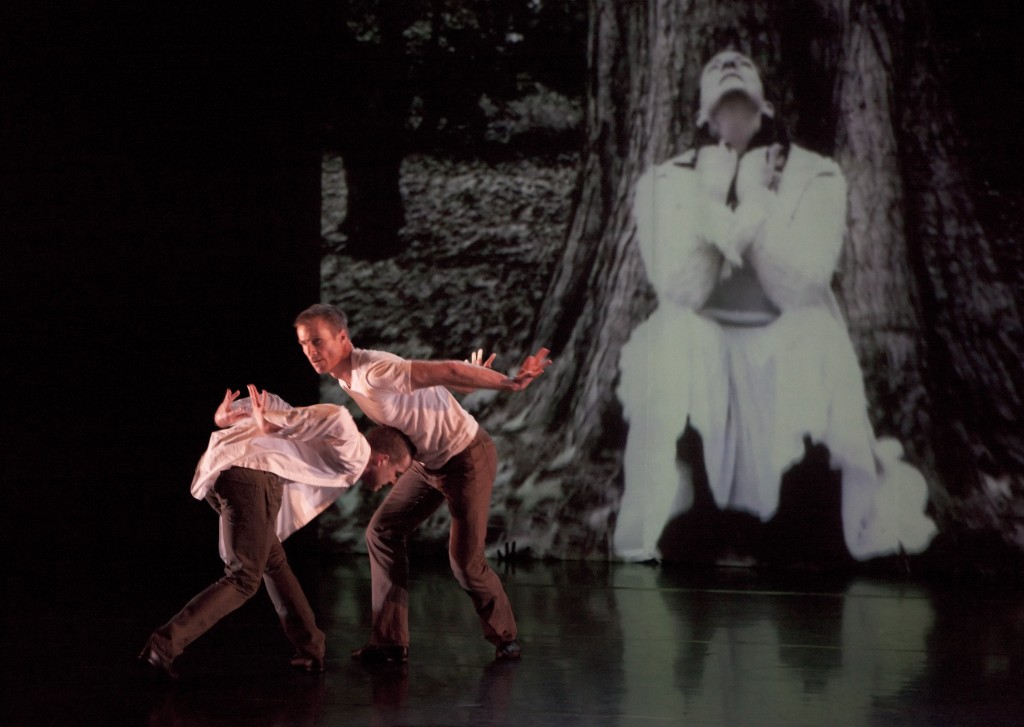
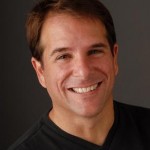 A gathering at 2 p.m. Sunday, January 22, in the studios of Oregon Ballet Theatre (818 Southeast Sixth Avenue, Portland) will remember Mark Goldweber, who was company ballet master from 1988 until 1997, when he returned to the Joffrey Ballet, where he had been a dancer, to take up the same position. Goldweber, who was ballet master for Salt Lake City’s Ballet West when he died on December 9, was a superb dancer as well as ballet master. He set high standards for OBT that are still in place today.
A gathering at 2 p.m. Sunday, January 22, in the studios of Oregon Ballet Theatre (818 Southeast Sixth Avenue, Portland) will remember Mark Goldweber, who was company ballet master from 1988 until 1997, when he returned to the Joffrey Ballet, where he had been a dancer, to take up the same position. Goldweber, who was ballet master for Salt Lake City’s Ballet West when he died on December 9, was a superb dancer as well as ballet master. He set high standards for OBT that are still in place today. Things have been cooking outside of World Headquarters, too. I’ve recently signed on as a regular contributor to
Things have been cooking outside of World Headquarters, too. I’ve recently signed on as a regular contributor to 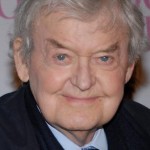
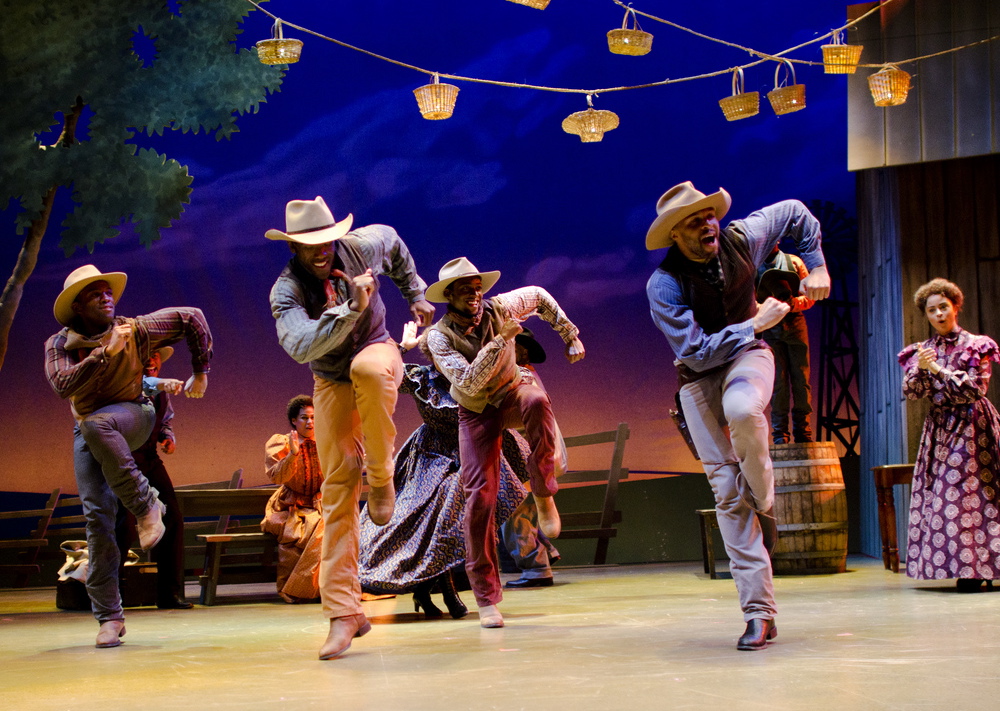 Patrick Weishampel
Patrick Weishampel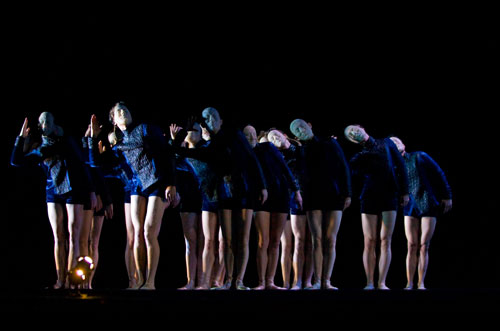 James McGrew
James McGrew Blaine Truitt Covert/OBT
Blaine Truitt Covert/OBT Still. Of course No Man’s Land is a play, but in its distillation of psychological and philosophical themes and its virtual abandonment of plot, which seems to have been dropped unceremoniously through a trap door in the stage floor, it takes on the musically suggestive qualities of dance. And of course Carmen is a ballet. But as Bizet and his opera librettists, Henri Meilhac and Ludovic Havely, devised it (they were working from an earlier novella by Prosper Merimee, who in turn may have been working from a narrative poem by Alexander Pushkin) the story is indisputably theatrical, a twisting and exciting tale of action and big moments leading thrillingly to tragedy. Stowell chose to keep those elements — indeed, Bizet’s music almost demands it — creating an uncompromisingly theatrical ballet. Fonte, working with Stravinsky’s jagged and compellingly modern score and incorporating a good deal of Fokine’s original movement style, took an opposite approach, distilling almost to the point of pure dance Petrouchka‘s sad folk tale of a puppet who comes to life, falls in love, and is murdered. (It’s a tough fate: all Pinocchio got was a long nose and a short stint in a whale’s belly.)
Still. Of course No Man’s Land is a play, but in its distillation of psychological and philosophical themes and its virtual abandonment of plot, which seems to have been dropped unceremoniously through a trap door in the stage floor, it takes on the musically suggestive qualities of dance. And of course Carmen is a ballet. But as Bizet and his opera librettists, Henri Meilhac and Ludovic Havely, devised it (they were working from an earlier novella by Prosper Merimee, who in turn may have been working from a narrative poem by Alexander Pushkin) the story is indisputably theatrical, a twisting and exciting tale of action and big moments leading thrillingly to tragedy. Stowell chose to keep those elements — indeed, Bizet’s music almost demands it — creating an uncompromisingly theatrical ballet. Fonte, working with Stravinsky’s jagged and compellingly modern score and incorporating a good deal of Fokine’s original movement style, took an opposite approach, distilling almost to the point of pure dance Petrouchka‘s sad folk tale of a puppet who comes to life, falls in love, and is murdered. (It’s a tough fate: all Pinocchio got was a long nose and a short stint in a whale’s belly.)